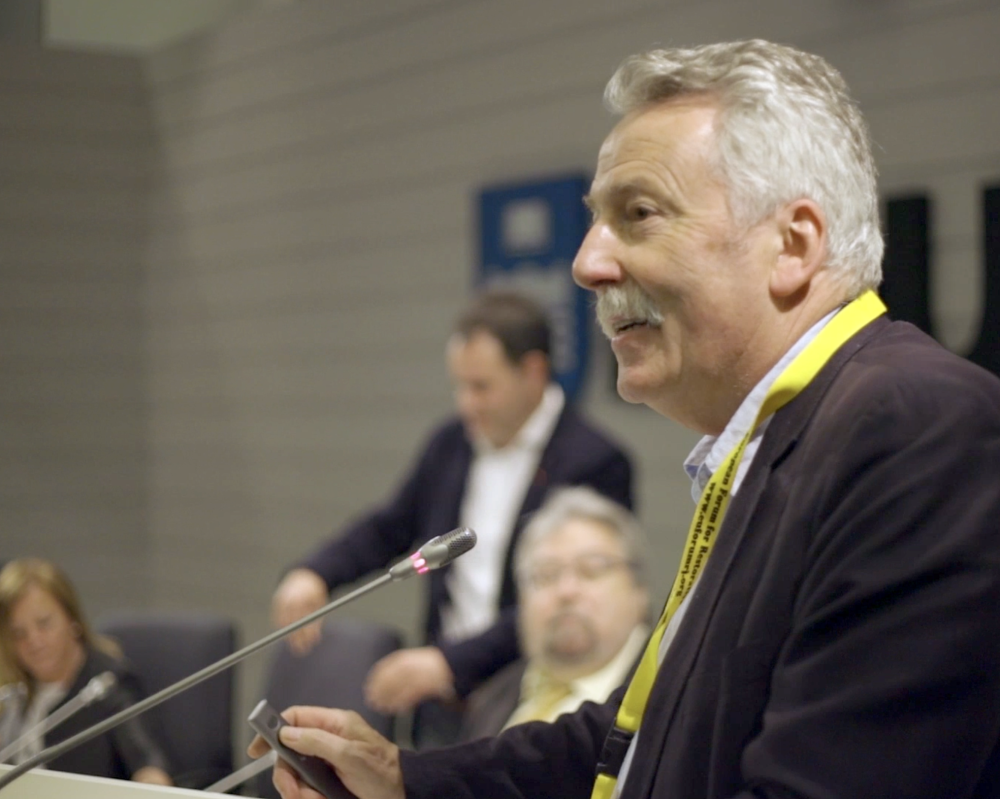Barnes (2015) observed young people in Northern Ireland feeling vulnerable and ill-equipped to express their views in a ‘room full of adults’ (Haines, 2000). Consequently, they can be intimidated, orchestrated or coerced into doing what is expected of them. On observing restorative conferences, it often seemed to Barnes that the process was scripted to lead to an apology and to agreeing to a predictable reparation plan. The control of the facilitator over virtually all the exchanges has been confirmed through research applying the discipline of linguistics to the process of the restorative conference. While carers are invited to prevent the young person being dominated, they may themselves dominate the process of dialogue by talking excessively on behalf of their children. Active shaming of young people has also been observed in restorative processes. Often young people are not fully prepared to participate in a restorative process and consequently struggle to give a good account of themselves. As a consequence, their meaning may be misinterpreted, and their sincerity may be distrusted. Partly this may be due to language and communication problems which tend to be more prevalent among disadvantaged young people who offend and partly because the dialogue process tends to privilege educated middle-class styles of communication.
Reparation is a key outcome for restorative justice. In many cases when reparation is part of an agreed plan, the young person is referred to a pre-existing reparation project rather than one designed to meet the victim’s or community’s needs arising from the harm. As a consequence, the value of reparation to victims and communities is diluted.
Many schemes report a very low level of direct victim participation in restorative processes. This can lead to practitioners constructing surrogate victims or imaginatively describing the impact of the offence without any direct evidence. Such tactics can take the process away from its restorative and reintegrative principles toward shaming and stigmatising the young person.
Restorative justice processes may reconstruct or distort people’s narratives to make them fit a simpler or thinner restorative narrative. Professionals, even when they are engaged in restorative justice, find it difficult to recognise and correct the biases that originate in their position of relative power and privilege. As the cultural and social theorist, bell hooks (1990) wrote:
“No need to hear your voice when I can talk about you better than you can speak about yourself. No need to hear your voice. Only tell me about your pain. I want to know your story. And then I will tell it back to you in a new way. Tell it back to you in such a way that it has become mine, my own. Re-writing you, I write myself anew. I am still author, authority. I am still the coloniser, the speaking subject and you are now at the center of my talk.”
Whoever has power over the narrative is able not only to control the process and its outcomes but also to conceal their power and control.
While the practices described in this section are not typical of all restorative practice, how do such abuses emerge from a process of justice which places such value on enabling participants to tell their story in their own way?




